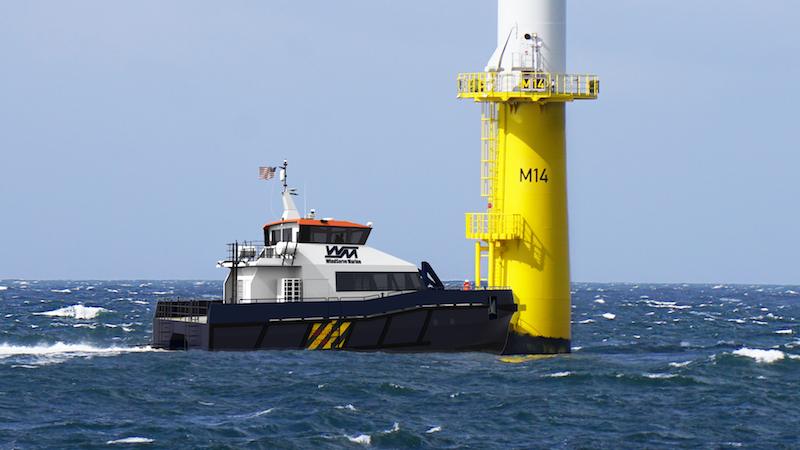Is offshore wind power getting ready to take off in the U.S.? Well, not quite yet, but things appear to be heating up.
Much is still uncertain, but projects are moving forward, albeit slowly. The East Coast between southern New England and the Carolinas is attractive to developers of offshore energy because it has consistent year-round wind close to major cities such as Boston and New York.
After Deepwater Wind and its five-turbine, 30-MW Block Island Wind Farm off Rhode Island went online in 2016, several federal leases were awarded. That same year, Equinor (then known as Statoil) won an 80,000-acre lease for its Empire Wind project in New York, and two years later companies bid almost double what Equinor spent per acre to secure three more leases south of Martha’s Vineyard, Mass., in December 2018.
“I think what you’ll see with these leases in place is tremendous acceleration down to Virginia,” said James Bennett, who heads BOEM’s renewable energy program.
In U.S. waters, offshore wind developers still face hurdles of finding enough heavy-lift construction vessels and physical space in U.S. ports to accommodate the next generation of giant wind turbines. But as our July cover story on offshore wind due out later this month says, U.S. shipbuilders and others are gearing up for offshore wind.
“There are plenty of (U.S.) companies just waiting for you guys to place orders,” Luther Blount III of Blount Boats, Warren R.I., which delivered the 70'6"×24'×4' Atlantic Pioneer in 2016, said at an offshore wind conference in April. It takes 12 to 14 months to build such a vessel, subject to Coast Guard safety regulations and certification. So, Blount told attendees, “Please don’t wait until the last second. Give us time to build the boat.”
U.S. naval architects and shipyards have had wind farm vessel designs ready to go for a few years. Now, even the offshore service vessel industry sees the opportunity in offshore wind. Early this week, the Offshore Marine Service Association created a wind committee to develop strategies and initiatives that increase U.S. maritime industry involvement in the offshore wind sector.





